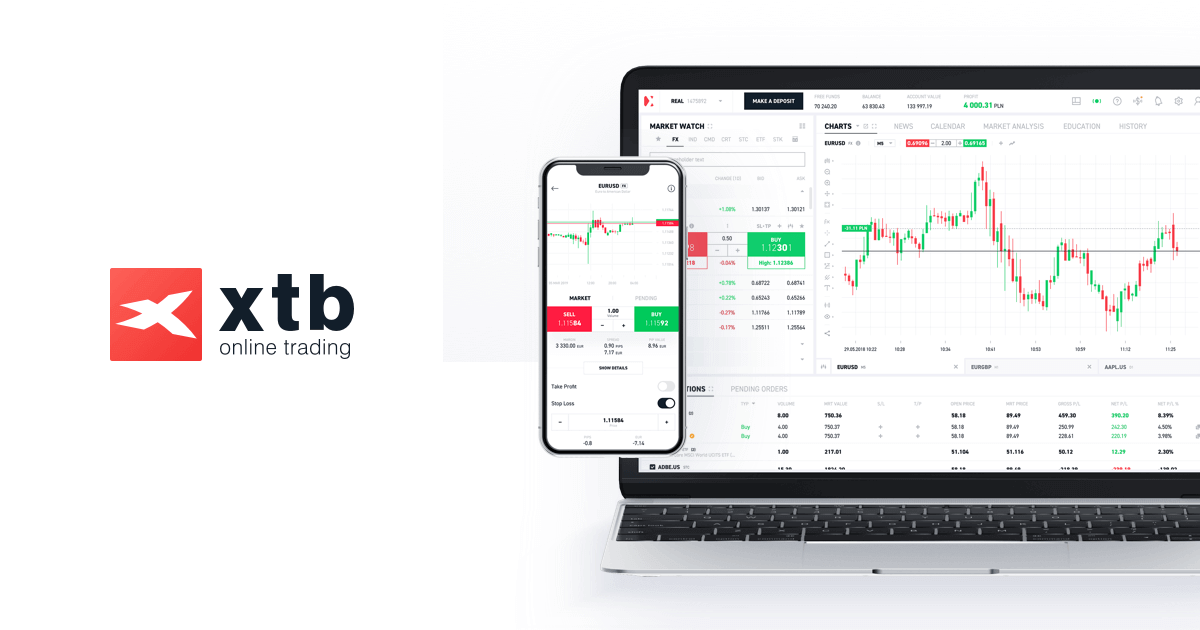In this news
After the City of Buenos Aires announced today that inflation in its region reached 13.2%, the market is awaiting the release of the national Consumer Price Index (CPI) on Friday. Own measurements expect March's record high to fall again, accelerating the downward trend in inflation.
In this context, analysts recommend bonds adjusted by CERs for the middle section of the curve to obtain inflation coverage.
Argentina rises: Country risks fall to 1,200 point line as dollar declinesWhy the market recommends caution on provincial bonds
Downward inflation
Measures of private sector inflation indicate that inflation in March, contrary to what happens in practice every year, would have been lower than it was in February.
Private measurements ranged from 12.2% to 14.3% per month for March, with an average of 12.6% per month.
“These records suggest that fiscal and monetary constraints and the debilitating recession had a greater impact than historical seasonality, keeping inflation in March lower than in February,” said Adrin Yarde Buller, chief economist at Facimex Valores.
It was also possible that March's downtrend would continue into the first week of April.
Econfuse analysts stated that during the first week of April, a slowdown in prices was observed.
According to the price survey, the month began with a weekly change of 0.8%, representing a clear contrast with the rhythm recorded in March.
Low price inflation
Low inflation is also included in high-frequency data in financial asset prices.
This could be reinforced by showing that the CER curve has moved slightly higher in recent weeks, implying that investors are demanding a lower interest rate on debt that adjusts for inflation.
from here, The market begins to incorporate a slower rate of inflation in the medium term.
Mariano Calvillo, Principal Portfolio Manager at FIMA, considered that the market is witnessing a possible slowdown in prices, although at the same time, there could be some possible interest rate correction, as happened last month.
“During the recent interest rate cuts, these bond prices rose sharply as a result of investors' search for yield.”. “Within the curve, it is probably the medium- to long-term bonds that benefit best from this movement, even though they are subject to high volatility,” Calvillo said.
Rodrigo Benitez, chief economist at MegaQM, agreed that the price of CER bonds and their spread with respect to fixed-rate bonds indicates that the market expects average inflation for the April-December period of 6% per month.
“This figure is clearly lower than the current rate. This means that the market is optimistic in inflationary terms and expects a gradual convergence, until reaching rates of 5% per month by the end of the year.”the details.
He added that this scenario is consistent with the current creeping peg rhythm of 2% per month, and does not appear to include exchange rate consolidation events or additional shocks.
“This explains the level of demand that existed for Lecap in January 2025, whose initial tender ended up closing at a level of 5.5% per month,” he said.
Looking for opportunities
When looking for opportunities in bonds for inflation coverage, investors primarily look at the CER curve.
Today, short-term bonds are generating negative returns between -75% and -60%, while medium-term bonds are operating with returns ranging from -30% to -10%.
Given the very low rates inside the curve, analysts are looking for medium- and long-term opportunities with the aim of obtaining more efficient hedges against inflation.
In terms of opportunities, Benitez explained that the best way to hedge against these types of events is to take a position in the middle or long section of the CER curve.
“This means turning to instruments with maturities after October 2024 (T5X4/T2X5). Even in the longer tranche, there could be interesting opportunities, although liquidity may be somewhat limited. The shorter section of the emission reduction curve can only give more value if inflation in March ends up being higher than the market expects, otherwise it works for “liquidity”, i.e. in line with the lowest rates obtained in paid accounts Or the money market,” he said.
IEB Group analysts expect inflation to reach 9% for March, 8% for April, and 7% for May, while the exchange rate is expected to creep by 5% from May.
In that estimateHowever, the expected returns of mid-CER bonds such as TX26 and TZX26 remain attractive, especially with Lecap operating at a TEM rate of 5%.
Another bond preferred by Grupo IEB is the TZX25, with a shorter duration than the previous bond (1.23).
“The TZX25, in addition to having good upside potential, has a central bid at -15.09%, ensuring a floor at least until the next bid,” they commented.
Standards analysts believe that just the most pessimistic scenario for ““excessive”After the path of low inflation is established, the next goal for further normalization of the economy is to devalue the exchange rate.
In this context, they expect increased market demand for fixed-rate Treasury debt issues such as the recently introduced Lecap issue, which has already had an upward trajectory since its debut, going from yielding 5.5% to less than 5% per month.
“We view this instrument as a more attractive investment than bonds adjustable by CERs or the exchange rate, to determine returns in light of the new decline in interest rates by the central bank market research as inflation strengthens its decline.“, they noted from the standards.
Finally, Juan Manuel Franco, chief economist at Grupo SBS, added that: In this context, for investors who must hold their positions in pesos, they prefer T5X4 and T2X5 in short-term CERs.
Additionally, he emphasized that investors willing to take longer-term risks could see value in the TX26 or TZX26.

“Beeraholic. Friend of animals everywhere. Evil web scholar. Zombie maven.”



:quality(85)/cloudfront-us-east-1.images.arcpublishing.com/infobae/MKYXZKOXMFALPMPONCZCOUAWEE.jpg)



More Stories
Breaking: EUR/USD fell slightly after the German CPI reading
China describes Tesla as an example of success between China and the United States
Room Mate will collaborate with two major international hotel companies